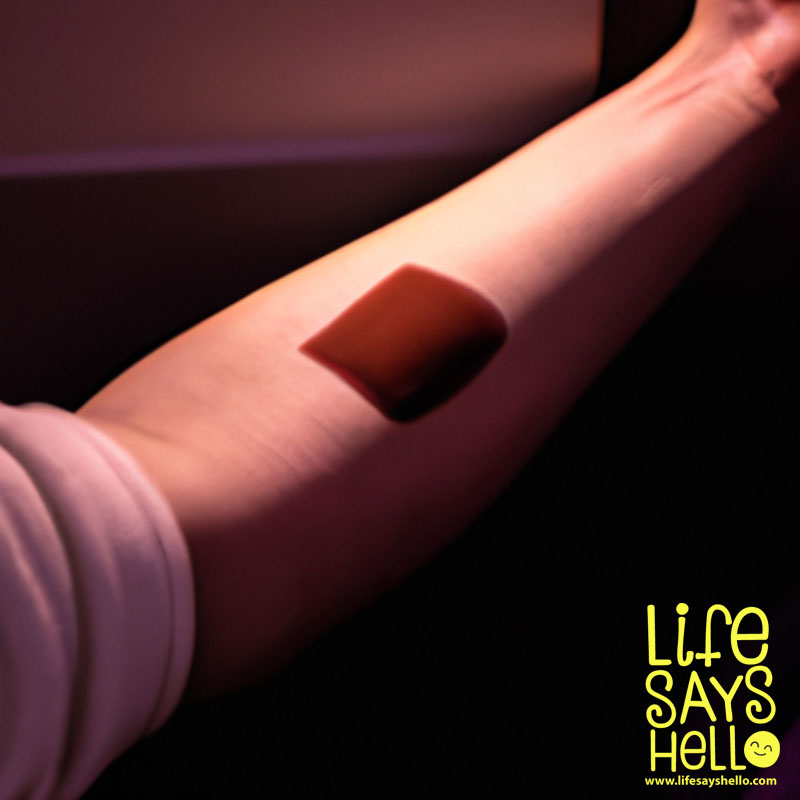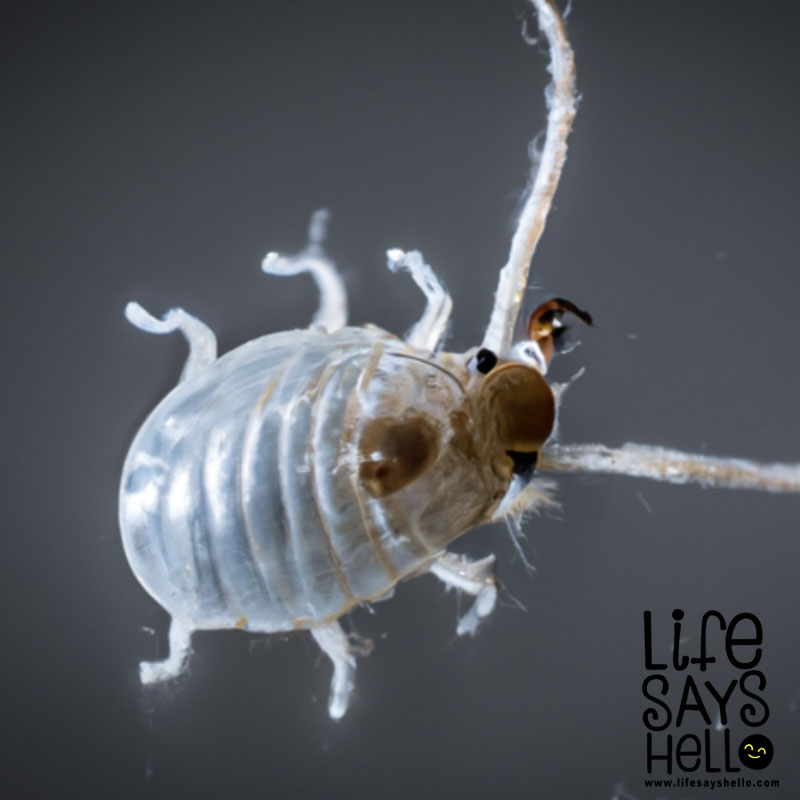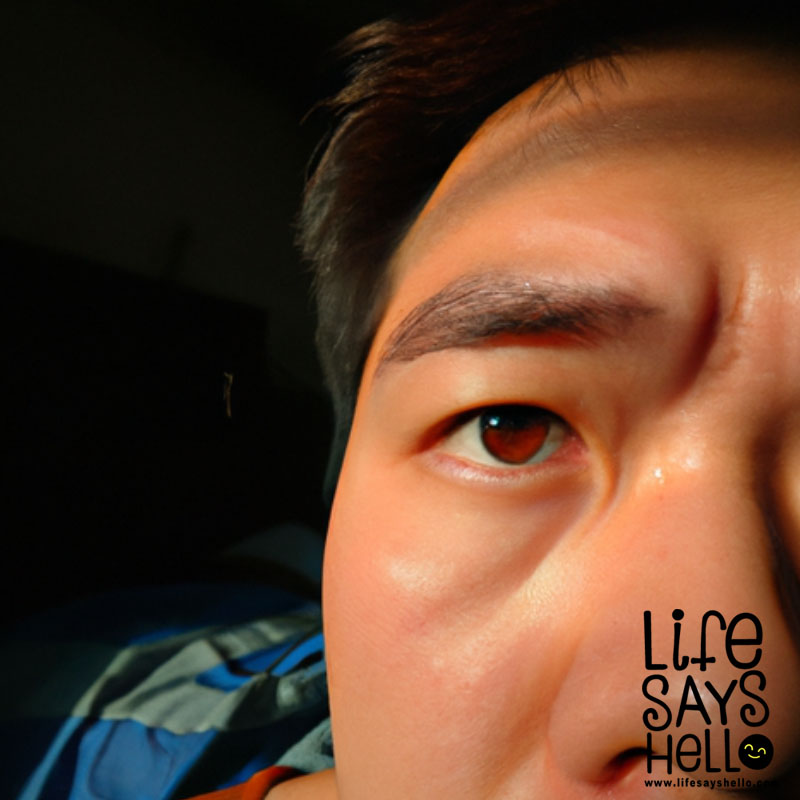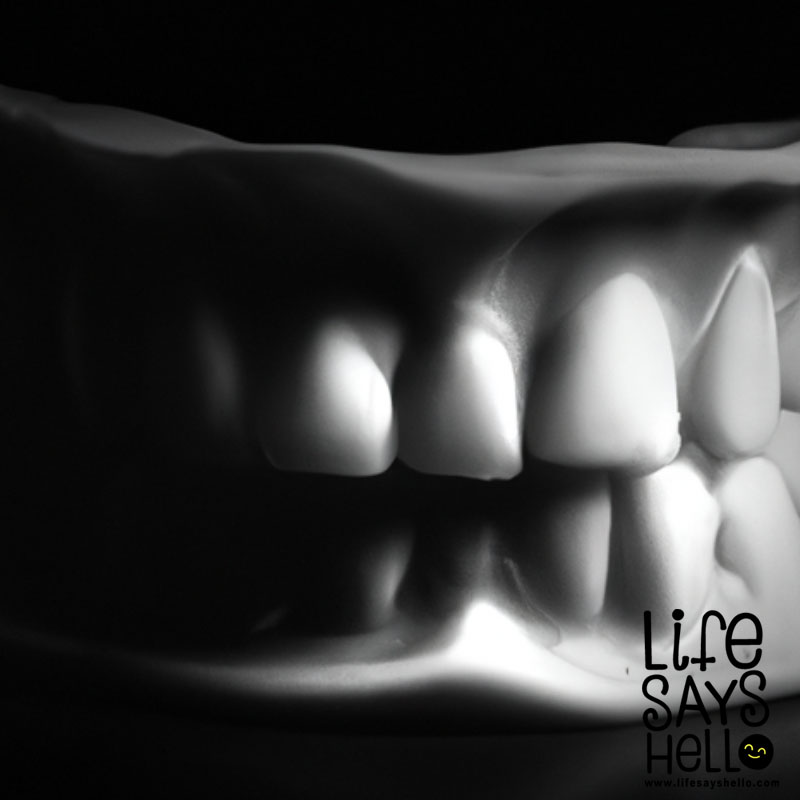Why Mold Can Be Hazardous to Your Health

Mold exposure is an underrated health hazard that can cause a wide range of issues. Even small amounts of mold can negatively impact your health, especially if you're exposed for a prolonged period. Read on to learn why mold is bad for you and how to protect yourself.
Mold is a type of fungus that grows in damp, warm environments. While some types of mold live outdoors, mold that grows inside buildings can be extremely problematic. Prolonged exposure to indoor mold has been tied to various illnesses and allergic reactions.
Certain populations, like infants, children, the elderly, pregnant women, and those with compromised immune systems are at higher risk for mold-related health issues. However, even healthy adults can experience problems from indoor mold growth.
Mold Can Cause Powerful Allergic Reactions
One of the most common effects of mold exposure is allergic reactions in sensitive individuals. When you inhale tiny mold spores, your immune system sees them as foreign invaders and produces antibodies called immunoglobulin E (IgE). These IgE antibodies trigger the release of chemicals like histamine, which cause typical allergy symptoms.
According to the CDC, common allergic reactions to mold include:
- Watery, itchy eyes
- Runny or stuffy nose
- Wheezing
- Sneezing
- Coughing
- Postnasal drip
- Sore throat
- Headache
- Fatigue
Skin rashes are also possible in people allergic to certain molds.
Some mold allergies cause delayed symptoms, meaning you might not connect your issues to mold exposure right away. But even if your reactions aren't immediate, mold can still be the culprit.
Repeated Exposure Can Worsen Mold Allergies
Allergies tend to get more severe with repeated exposure to a specific allergen. This means if you inhale mold spores often, your reactions will likely get worse over time.
According to the Asthma and Allergy Foundation of America (AAFA), your likelihood of developing a mold allergy is higher if you already have other allergies or asthma.
But even if you’ve never had allergies before, constant exposure to mold raises your risk. This effect is especially strong in children.
The more sensitive you become, the less mold it takes to trigger a reaction. So those mild allergy symptoms you had at first can evolve into severe responses.
Mold Irritates Eyes, Skin, and Respiratory System
Even if you don’t have a mold allergy, inhaling spores can irritate your eyes, skin, and respiratory tract. Mold exposure is known to cause coughing, sneezing, sore throat, and wheezing.
Those with chronic respiratory illnesses like asthma and COPD tend to react strongly to mold. Their airways are already sensitive, so mold irritation makes symptoms worse.
According to the EPA, people with asthma who are allergic to mold are at the highest risk for severe responses. Mold exposure can reduce lung function and trigger life-threatening asthma attacks.
Infants, children, the elderly, and those with compromised immune function also tend to react strongly to mold. Their bodies aren’t as equipped to handle respiratory irritation.
Toxic Mold Can Produce Harmful Mycotoxins
Most common indoor molds won’t make you seriously ill unless you have a mold allergy or sensitivity. But certain types like Stachybotrys chartarum release toxic chemicals called mycotoxins.
Mycotoxins can cause symptoms like:
- Fever
- Shortness of breath
- Nosebleeds
- Headaches
- Skin irritation
Very high levels of mycotoxins may lead to severe illness or even death in rare cases. But smaller amounts can still impact your health and quality of life.
According to the CDC, infants and those with compromised immune systems are most at risk for mycotoxin exposure. But even healthy people aren’t immune to their effects.
Mold Can Structurally Damage Buildings
On top of health effects, mold infestations gradually damage the material they grow on. Mold releases enzymes to digest nutrients, which breaks down surfaces over time.
According to the EPA, mold can destroy materials like:
- Drywall
- Wood
- Paper
- Carpet backing
- Paint
- Grout
This damage impacts the structural integrity of buildings, resulting in costly repairs. Plus, trying to remove mold once it’s established is challenging and can release more spores.
So it’s critical to prevent mold growth in the first place through moisture control and quick cleanup of small infestations.
Mold Triggers Allergy Symptoms in Sensitive People
We’ve covered how mold causes allergic reactions, but let’s explore this effect more. When someone with a mold allergy inhales spores, it triggers their body to release histamine and other chemicals.
This causes allergy symptoms like:
- Itchy, watery eyes
- Runny nose and congestion
- Coughing and postnasal drip
- Sneezing fits
- Wheezing
- Hives or skin rash
According to the Mayo Clinic, mold allergy symptoms may be confined to the upper respiratory tract or affect the lower airways as well. Reactions range from mild hay fever symptoms to severe asthma exacerbations.
In some cases, a mold allergy causes delayed symptoms that appear hours or even days after exposure. These delayed reactions can make it difficult to pinpoint mold as the culprit.
Repeated mold exposure tends to worsen existing allergies over time. The Asthma and Allergy Foundation of America notes those with other allergies or asthma are more prone to developing a mold allergy.
Exposure to mold may also lead to cross-reactivity. This means your immune system mistakes another harmless substance for mold and triggers an allergic reaction when you encounter it. For example, some people allergic to mold also react to dust mites or cockroaches.
Mold spores get everywhere, so it's impossible to completely avoid exposure. But limiting contact with mold keeps allergic reactions and related health issues under control.
Mold Exposure Worsens Asthma
Asthma is a chronic lung disease that inflames and constricts the airways. Mold exposure can trigger asthma attacks and worsen symptoms in those allergic to mold.
When someone with a mold allergy inhales spores, it causes their airways to swell, fill with mucus, and tighten. This makes breathing difficult and triggers asthma symptoms like:
- Coughing
- Wheezing
- Chest tightness
- Shortness of breath
According to the CDC, people with asthma are hospitalized due to mold exposure more often than those without asthma. Mold-induced asthma attacks can even be fatal in some cases.
Exposure to Stachybotrys chartarum mold may be especially problematic. A study in Pediatrics found this "toxic black mold" raised the risk of asthma symptoms in children.
Controlling moisture and promptly fixing leaks helps keep mold at bay. Avoiding triggers like smoke and harsh chemicals also helps stabilize asthma. But for mold-allergic people, avoiding exposure is key to preventing attacks.
Where Mold Grows Inside Your Home
Now that you know why mold is hazardous, let’s explore where it tends to pop up indoors. This helps you know where to look for mold and stop it before infestations start.
Bathrooms
With all that moisture, bathrooms offer ideal conditions for mold growth. Check places like:
- Shower curtains
- Tile grout
- Caulking around sinks and tubs
- Bathroom walls and ceilings
Ventilate bathrooms well after showering or baths. Also regularly disinfect and dry shower curtains, tiles, and other surfaces.
Kitchens
Kitchens contain multiple sources of moisture that encourage mold growth, including:
- Leaky sinks and pipes
- Refrigerator drip pans
- Poorly ventilated areas under sinks
- Dishwashers
- Garbage disposals
- Wet cloths and sponges
- Food spills
Disinfect kitchen surfaces often, fix any leaks quickly, and ensure good airflow, especially around the sink.
Basements
Musty, humid basements are infamous for mold issues. Spores thrive on:
- Damp walls and floors
- Stored cardboard boxes
- Clothing, fabric, and other porous items
The key is limiting moisture with proper ventilation and drainage. Dehumidifiers also help maintain safe humidity levels.
Attics
Like basements, hot attics easily become damp and humid in summer. Mold loves growing on:
- Insulation
- Wood rafters
- Roof leaks
- Stored furniture and boxes
Increase ventilation and insulation to control attic moisture and temperature.
HVAC Systems
Your heating, ventilation and air conditioning (HVAC) system can distribute mold spores through your home. Mold often appears on:
- Air filters
- Coils and drip pans
- Ductwork
Proper maintenance keeps HVAC systems mold-free. Change filters regularly and hire pros to sanitize the system periodically.
Carpets and Upholstery
Spills, high humidity, and damp basements encourage mold growth on soft surfaces like:
- Carpets
- Rugs
- Upholstery
- Curtains
Vacuum and clean carpets and fabrics regularly to control mold. Hire professionals to deep clean carpets if you see or smell mold. And don't attempt DIY mold removal since this can release more spores.
Most Common Indoor Mold Types
Hundreds of mold species exist, but some show up more often indoors. Being familiar with these common molds helps you identify them early.
Cladosporium
Cladosporium is one of the most widespread indoor molds. It appears as black or olive-green patches and grows on:
- Drywall
- Paint
- Carpets
- Tile grout
- Textiles
Cladosporium thrives in cool, damp areas like unventilated bathrooms. It can cause allergic reactions, especially hay fever and asthma symptoms.
Penicillium
Penicillium mold grows as a blue-green powdery coating. It's commonly found in:
- HVAC systems
- Carpet
- Wallpaper
- Insulation
- Foods
Penicillium requires less moisture than other molds. It causes allergy symptoms and can produce mycotoxins in large amounts.
Aspergillus
Several Aspergillus species grow indoors. They form yellow, brown, pink, or black colonies and grow on:
- Floors
- Drywall
- House dust
- Damp carpets
- Decorations
Aspergillus can worsen asthma and cause serious lung infections in those with weakened immune systems. Some types create carcinogenic mycotoxins.
Mold Can Seriously Impact Your Health
In summary, mold may seem harmless, but it can seriously affect your health, especially with repeated exposure. Allergic reactions, asthma attacks, respiratory irritation, and mycotoxin poisoning are all risks.
While anyone can react to mold, infants, children, the elderly and those with chronic illnesses are most vulnerable. Controlling moisture and fixing leaks before mold grows is crucial.
If you suspect a mold problem, have a professional inspect and test. Attempting DIY removal often makes the issue worse. With prompt remediation, you can get rid of mold and protect your family’s health.




Comments